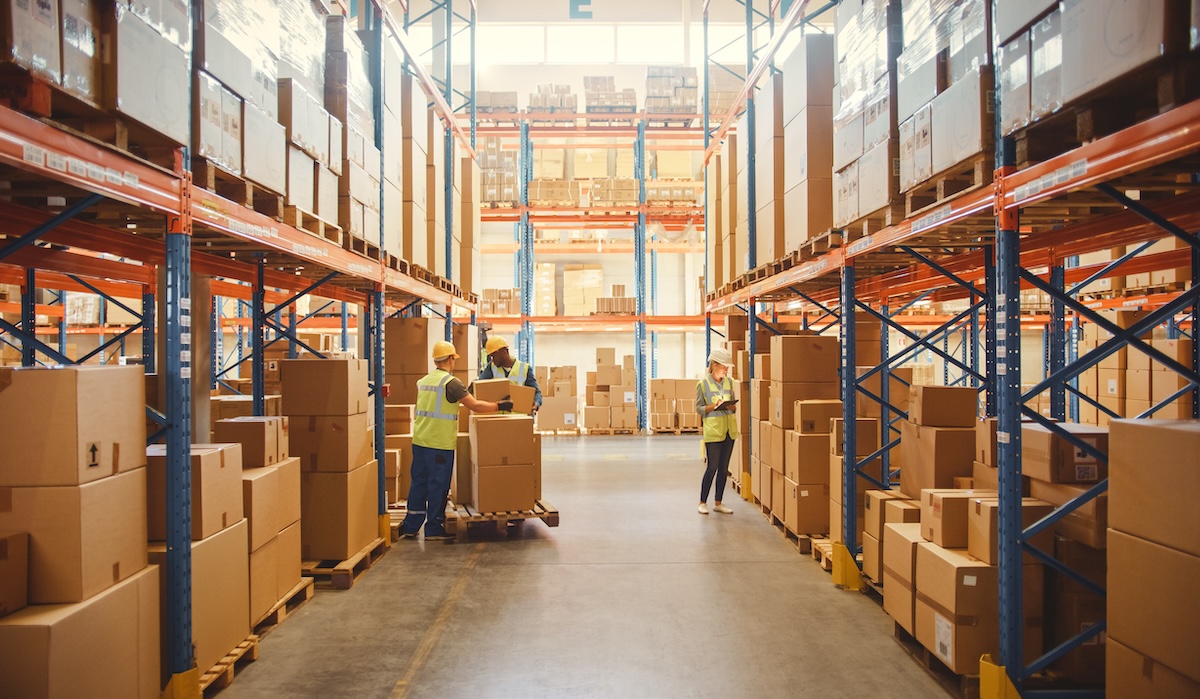How 2025 Tariffs Are Changing the Rules of Commerce
We’ve all been there: standing in front of a sleek new product — whether it’s a luxury handbag, a high-end laptop, or a new car — excited to make the purchase and walk out with something that’s been on your wish list for months. But, in 2025, things are a little different. You’ve heard about the new tariffs, and suddenly, your dream purchase seems more expensive — or takes longer to arrive. What gives?
Here’s where things get interesting. As these tariffs roll out, businesses are doing more than just adjusting their prices. They’re rethinking how and when they stock their inventory, increasingly adopting data-driven inventory management to stay competitive and proactive. This shift is quietly transforming the entire shopping experience, especially for high-ticket items.
Let’s say you’re shopping for a new car. In the past, you’d be used to a smooth process: order online, wait a few days, and poof — the keys are in your hands. But tariffs are now forcing companies to act more strategically. Now, they’re stockpiling inventory in advance to avoid paying higher costs once tariffs take effect. The result? You may find that certain products or models are in stock and available much quicker, but their price has risen to reflect those additional costs.
You might think, “I’m paying more, but at least I get it faster,” and for many consumers, that’s true. Companies are using this “just-in-case” strategy to keep production and distribution on track. But here’s where the kicker comes in: For many businesses, this accelerated approach can also lead to overstocking — resulting in products staying on shelves longer than expected, or items becoming obsolete faster as trends change.
You might also notice that some companies are skipping traditional inventory models entirely, opting instead for more agile supply chains and closer partnerships with local suppliers to dodge tariffs altogether. In some cases, this results in a quicker turnaround time, but less variety to choose from or unexpected price hikes on the items that do remain.
As part of our blog series on how to navigate supply chain operations amid new tariffs, we’ll discuss the impact on inventory management. Part one provided an overview of how the new policies are adding complexities to manufacturers and retailers broadly. Part two focused on how tariffs are disrupting the delicate balance of supply and demand.
Real-World Examples of Inventory Responses to Tariffs
Here are some examples of retailers, CPG companies, and manufacturers changing their inventory management practices in response to the new tariffs. It’s interesting to see that some key themes and patterns can already be observed.

Stockpiling Inventory to Offset Tariff Impact
Organizations often preempt tariffs by stockpiling goods, but this ties up capital and increases warehousing costs.
- Ports are preparing to handle a wave of metal before new duties hit; they are seeing record inflows for tariffed metals, like copper.
- Sony and Suntory are stockpiling inventory in the U.S. to mitigate the impact of potential tariffs, with Sony focusing on its gaming and electronics divisions and Suntory shipping tequila from Mexico in anticipation of new duties.
- To manage tariff uncertainty, Costco has boosted its inventory, which has contributed to higher supply chain costs.
- Steve Madden expedited its efforts to move production outside of China and is building up inventory to hedge against possible tariff increases.
- Lifetime Brands, owner of KitchenAid and Farberware, has increased its inventory levels as a proactive measure, a strategy they found beneficial during past tariff cycles.
Replacing International Stock with Domestic Inventory
Shifting from relying on international stock to utilizing domestic inventory helps reduce tariff risks and ensures faster response times to market demand.
- GM is reducing inventory held at its international plants by 30%.
- Hasbro is on track to cut the volume of U.S. toys and games that originate from China from 50% to less than 40% over the next two years.
- Stanley Black & Decker continues to cut China production as tariffs emerge.
Swapping Materials to Avoid High Tariffs
Some companies may reduce or discontinue inventory of tariffed products in favor of alternatives. This requires adjustments across planning systems to align with new demand profiles.
- Coca-Cola says it will use more plastic bottles if aluminum tariffs take affect.
- Experts have advised stocking up on shelf-stable goods before the tariffs fully take hold, although this can be a gamble if policy changes are paused or reversed.
Questions to Ask: Choosing the Right Strategy
- Which strategy — to stockpile, to move production, to change materials — is best for your company?
- Do you have the data and analytics to make data-driven decisions fast enough?
The Role of Data Analytics in Inventory Management
To determine the best strategy for their business and how to execute on that strategy, companies are turning to data analytics to unlock the agility they need in their inventory strategies. With the power of data in the hands of inventory analysts and planners instead of data engineers, centralized analytics teams, and data scientists alone, businesses can gain data-driven insights into their supply chains, allowing for quick and effective action. Here’s how:
- Inventory data sits across several systems – ERPs, Inventory Management Systems (IMS), Store Inventory Management Systems (SIM), Warehouse Management Systems, POS Systems – and is increasingly stored in cloud data warehouses or lakes. Enabling secure, government access to data and providing a workspace to bring these all together is the first step.
- Data preparation plays a critical role in this process, as it ensures clean, accurate data that can be easily consumed by the rest of the business and by BI systems like dashboards.
- Easy-to-use, low-code analytics helps these domain experts generate insights themselves, without needing to wait on data engineers, data scientists, or 3rd party vendors to deliver the insights.
Alteryx supply chain solutions, with seamless data prep and analytics capabilities, is uniquely able to support businesses in this data-driven environment, helping them stay ahead of the curve and adapt to the ever-evolving demands of the market and tariff complexities. Alteryx for Inventory Management is a great place to start.
A New Era of Inventory Management
So, when you’re shopping in 2025, keep in mind that it’s not just about the sticker price. The way we shop — and the things we buy — are shaped by inventory strategies born from international trade decisions. Whether it’s a quicker delivery, higher price, or a different selection than you expected, tariffs are changing the game — and we’re all playing by new rules.

